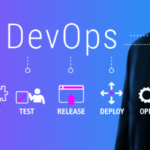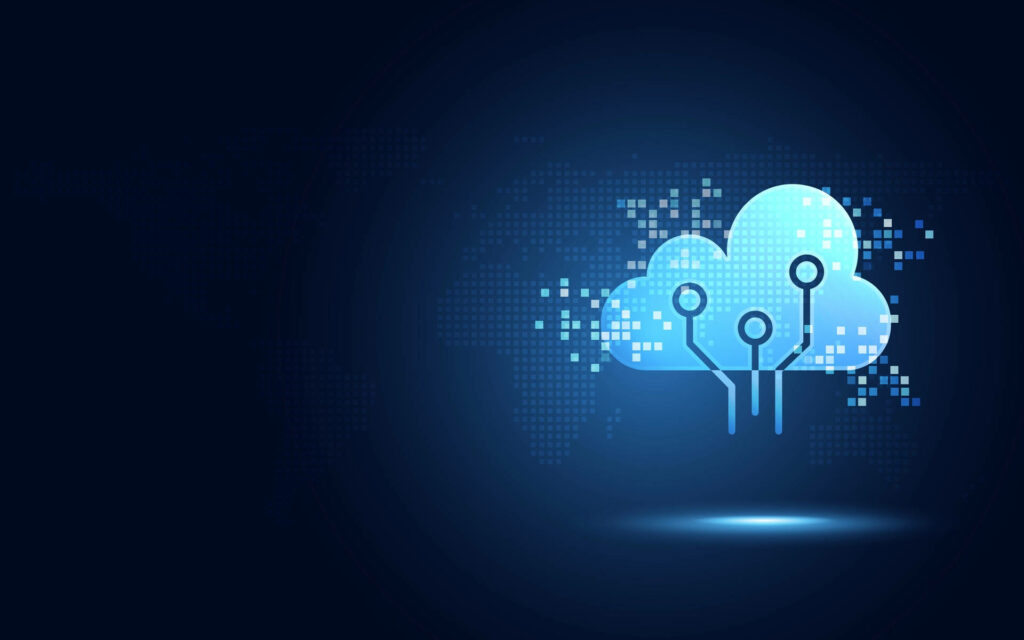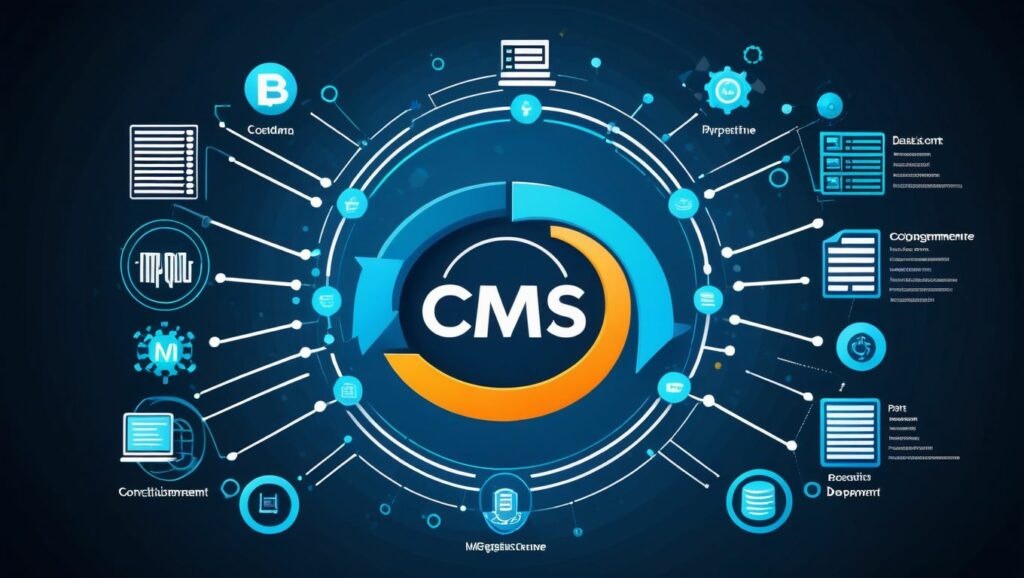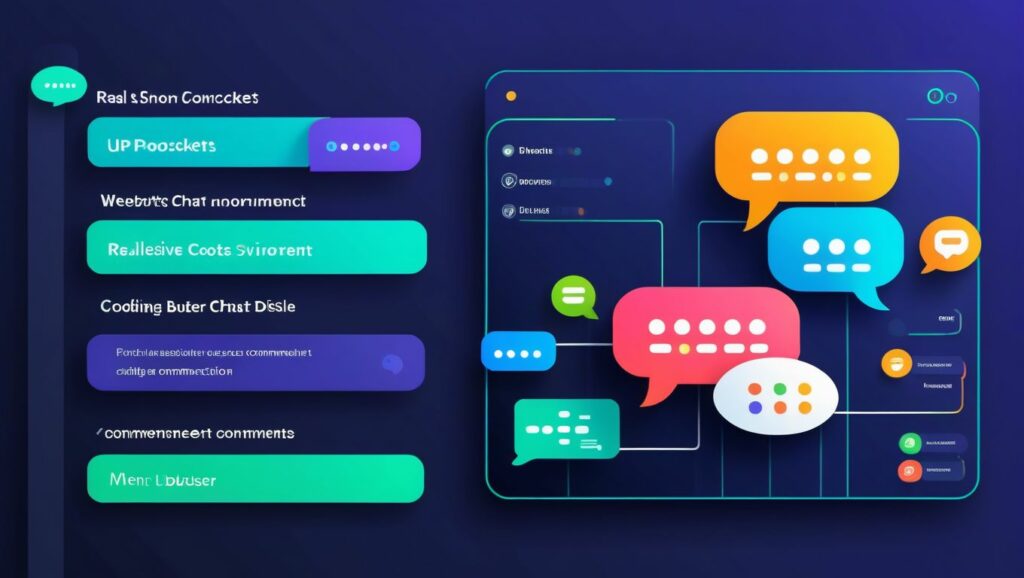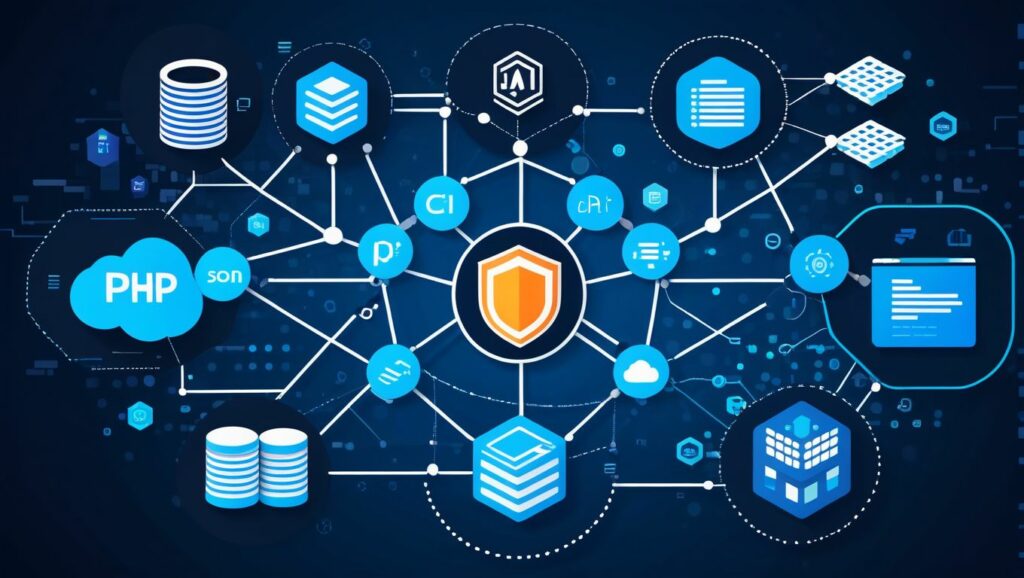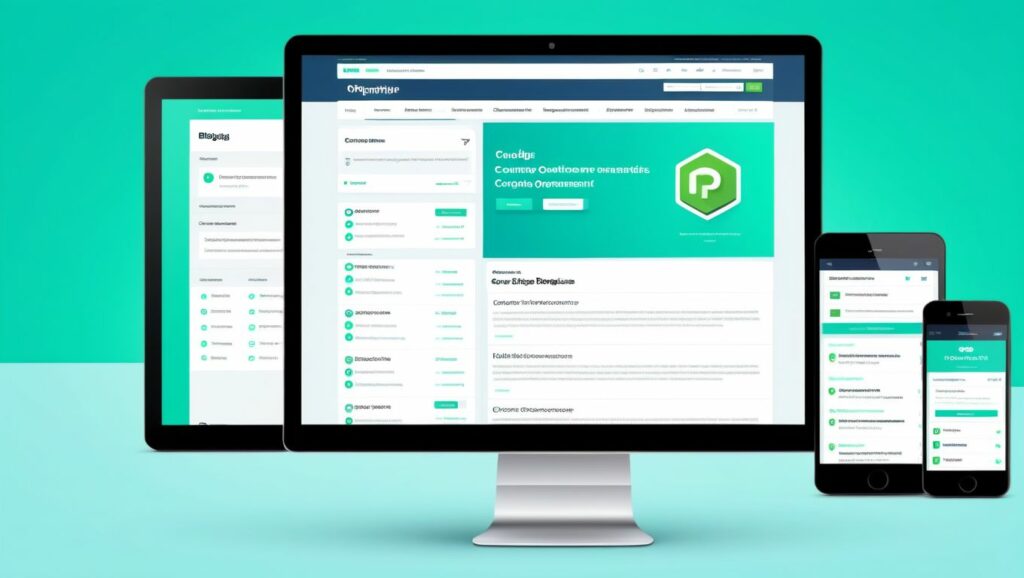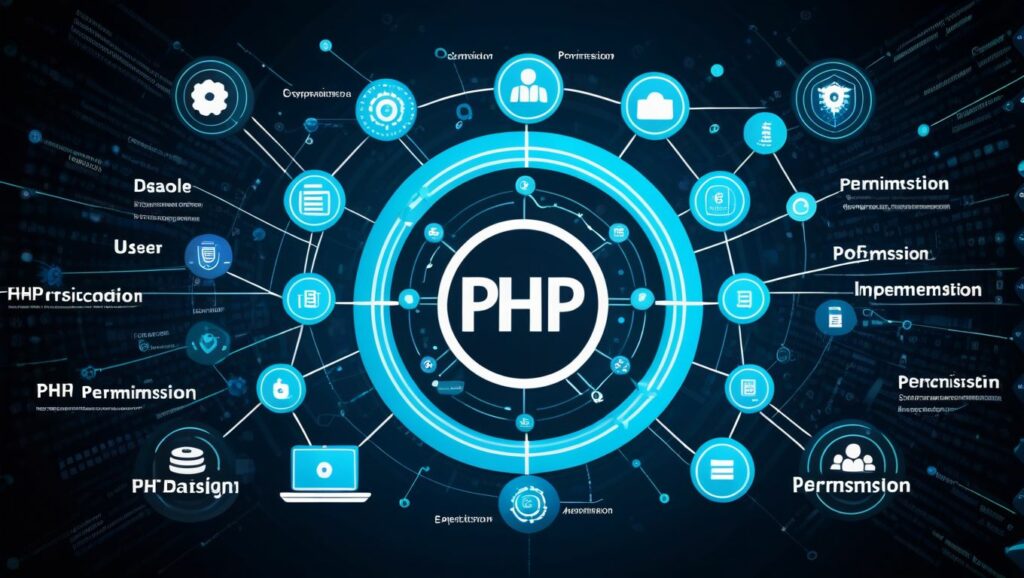🌥️ The Ultimate Guide to Cloud Computing: Unlocking the Power of the Cloud 🌟
In today’s fast-paced digital world, cloud computing has emerged as a game-changing technology. It’s revolutionizing how businesses, developers, and individuals operate, offering flexibility, scalability, and efficiency. Whether you’re new to the cloud or looking to deepen your understanding, this guide will cover everything you need to know about cloud computing.
Let’s explore the cloud revolution together! 🌐✨
🌈 What is Cloud Computing?
Cloud computing is the on-demand delivery of IT resources over the internet. Instead of managing physical hardware and software, you rent services like servers, storage, and databases from cloud providers.
Simple Analogy:
- 🏡 Traditional IT: Owning and maintaining a house yourself.
- ☁️ Cloud Computing: Renting a fully-furnished apartment with a maintenance team included.
🌟 Why Choose Cloud Computing?
The benefits of cloud computing are vast and impactful. Here’s why millions of businesses and individuals are embracing the cloud:
- 💸 Cost Efficiency:
- Pay only for the resources you use.
- Eliminate the need for expensive hardware or data centers.
- 📈 Scalability:
- Scale resources up or down instantly to meet changing demands.
- Perfect for handling spikes in traffic or seasonal workloads.
- 🌍 Global Accessibility:
- Access your data and services from anywhere in the world.
- Empower remote teams to collaborate seamlessly.
- ⚡ Performance:
- Enjoy high-speed performance with minimal latency.
- Leverage a global network of data centers.
- 🔒 Security:
- Advanced encryption and compliance measures protect your data.
- Regular updates ensure you stay secure.
- 🔄 Automatic Updates:
- Providers handle software and hardware updates, so you don’t have to.
- 🌱 Sustainability:
- Shared infrastructure reduces environmental impact.
- Cloud providers invest in energy-efficient data centers.
🛠️ Types of Cloud Computing
Cloud computing isn’t one-size-fits-all. It comes in various types to suit different needs.
☁️ Deployment Models
- Public Cloud
- Shared infrastructure hosted by a provider like AWS or Google Cloud.
- Ideal for startups and small businesses seeking cost-effective solutions.
- Private Cloud
- Dedicated resources for a single organization.
- Great for enterprises with strict compliance or security needs.
- Hybrid Cloud
- Combines public and private clouds for flexibility.
- Useful for organizations balancing sensitive and non-sensitive workloads.
- Multi-Cloud
- Uses multiple cloud providers to avoid vendor lock-in.
- Optimizes for performance and cost.
📦 Service Models
- Infrastructure as a Service (IaaS)
- Access virtualized resources like servers, storage, and networking.
- Examples: AWS EC2, Google Compute Engine.
- Platform as a Service (PaaS)
- Focus on application development without worrying about infrastructure.
- Examples: Google App Engine, Heroku.
- Software as a Service (SaaS)
- Ready-to-use software over the internet.
- Examples: Microsoft Office 365, Salesforce.
- Function as a Service (FaaS)
- Serverless computing for running code in response to events.
- Examples: AWS Lambda, Azure Functions.
🌐 The Cloud Computing Lifecycle
The lifecycle of cloud computing includes the following stages:
- Plan: Define your requirements and choose a cloud provider.
- Deploy: Migrate applications or build new ones in the cloud.
- Operate: Monitor and manage your cloud environment.
- Optimize: Continuously improve performance and cost efficiency.
🔧 Popular Cloud Providers and Tools
Top Cloud Providers
- Amazon Web Services (AWS): Known for versatility and a wide range of services.
- Microsoft Azure: Enterprise-friendly and deeply integrated with Microsoft tools.
- Google Cloud Platform (GCP): Excels in AI and big data analytics.
- IBM Cloud: Focuses on hybrid and private cloud solutions.
- Oracle Cloud: Specializes in database services.
🚀 How to Get Started with Cloud Computing
- Set Your Goals 🎯
- Are you looking to save costs, scale resources, or enable remote work? Define your objectives clearly.
- Choose a Cloud Provider 🔍
- Research and compare providers based on features, pricing, and support.
- Start Small ⏳
- Begin with one service, like cloud storage or virtual machines. Expand gradually as you gain confidence.
- Train and Certify Yourself 📚
- Invest in certifications like AWS Certified Solutions Architect or Google Associate Cloud Engineer to gain expertise.
- Migrate Strategically 🛠️
- Plan your migration carefully. Use tools like AWS Migration Hub or Azure Migrate to move applications to the cloud.
🔒 Cloud Security Best Practices
Security is a shared responsibility in the cloud. Here’s how to stay safe:
- ✅ Identity and Access Management (IAM): Limit access to sensitive data.
- ✅ Encryption: Secure your data at rest and in transit.
- ✅ Monitoring: Use tools like AWS CloudWatch or Azure Monitor to detect threats.
- ✅ Backup and Disaster Recovery: Always have a recovery plan in place.
💰 Managing Cloud Costs Effectively
While the cloud can save money, poor management can lead to overspending. Follow these tips:
- 📊 Use Cost Management Tools: AWS Cost Explorer and Azure Cost Management can help track expenses.
- 🔍 Audit Regularly: Identify unused or underutilized resources.
- 🛍️ Reserved Instances: Save by committing to long-term resource usage.
🔮 The Future of Cloud Computing
Cloud computing is evolving rapidly. Here are some trends to watch:
- 🌍 Edge Computing: Process data closer to the source for faster performance.
- 🤖 AI Integration: Cloud platforms will increasingly leverage AI for automation and insights.
- 🌱 Sustainable Cloud: Providers are investing in eco-friendly data centers.
- 📶 5G + Cloud: Faster networks will enable real-time cloud applications.
📚 Resources for Learning Cloud Computing
Books:
- Cloud Computing: Concepts, Technology & Architecture by Thomas Erl.
- Architecting the Cloud by Michael J. Kavis.
Certifications:
- AWS Certified Cloud Practitioner.
- Microsoft Azure Fundamentals.
- Google Associate Cloud Engineer.
Online Platforms:
- Coursera, Udemy, and Pluralsight offer excellent cloud courses.
🌟 Final Thoughts
Cloud computing isn’t just a technology—it’s a transformational tool that empowers businesses and individuals to achieve more. Whether you’re managing a business, building an application, or exploring new opportunities, the cloud has something to offer.
Ready to take your first step into the cloud? The sky’s the limit! ☁️✨
💬 What’s your experience with cloud computing? Share your journey in the comments below! 👇
Let me know if you’d like actual images added to this format! 😊


